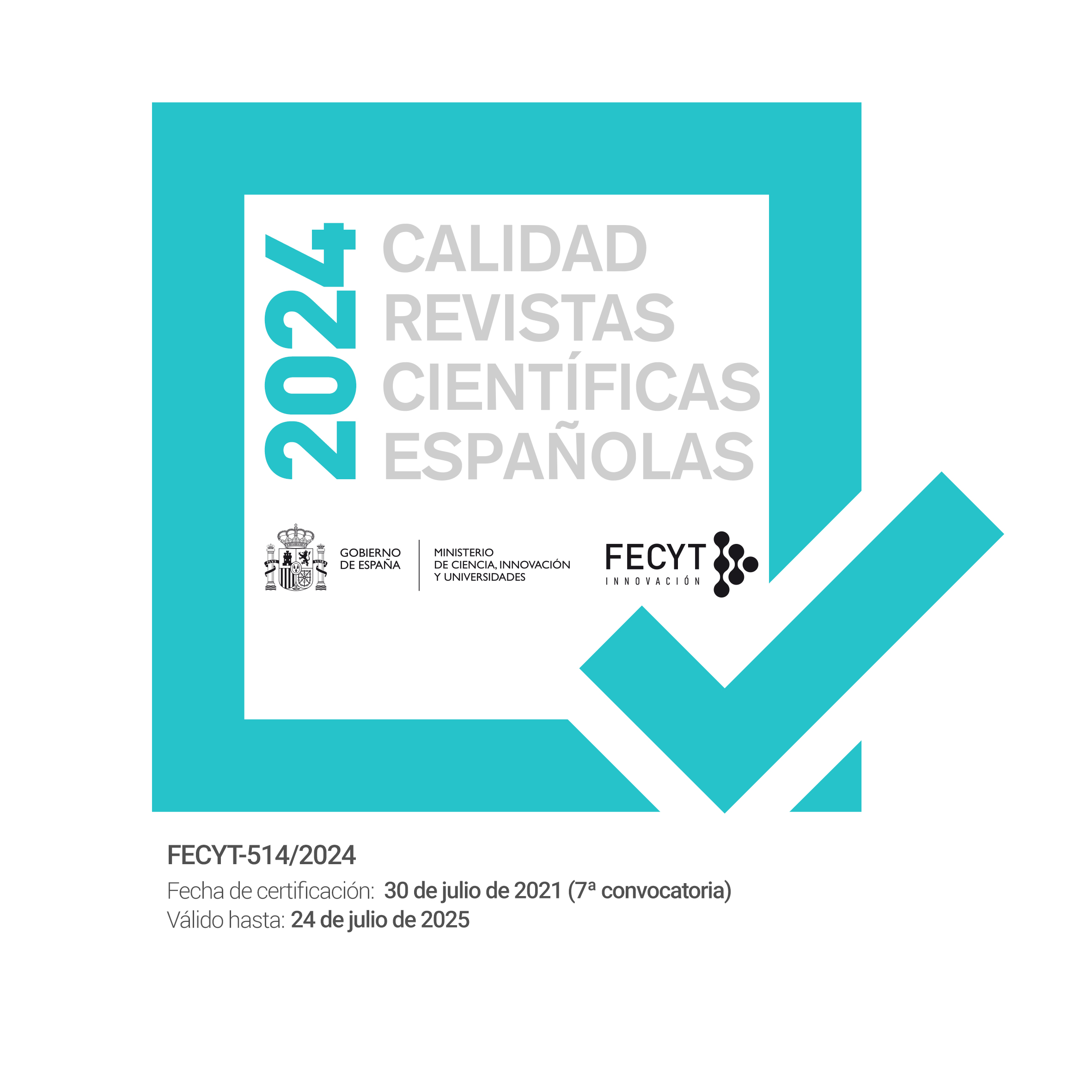Discursive Constructions of Waste and Slow Violence in Ann Pancake’s Strange as this Weather Has Been
DOI:
https://doi.org/10.12795/REN.2022.i26.08Keywords:
hillbilly, mountaintop removal, storyworld, unimagined communities, slow violence, econarratologyAbstract
This paper addresses the representation of environmental destruction in the Appalachian coalfields in the novel Strange as this Weather Has Been (Ann Pancake, 2007). Pancake’s book follows the disbandment of a family of six in southern West Virginia and presents us with the dilemmas they must confront, most notably whether they should leave or stay and organize against the coal company. I seek to analyze the ways in which the novel conveys each character’s embodied, material experience when facing environmental destruction; moreover, I examine the way in which slow violence is represented in the text. Focusing on Appalachia’s extractivist past (and present), I argue that Strange as this Weather Has Been ultimately helps to counter the existing prejudice against poor whites in the region by fostering reader empathy through the textual recreation of the bleak environmental condition in the novel’s storyworld.
Downloads
References
ALBRETCH, Glenn. “Solastalgia: The Distress Caused by Environmental Change.” PAN: Philosophy Activism Nature, vol. 3, 2005, pp. 41-55. DOI: 10.1080/10398560701701288. Accessed 8 November 2022.
BURNS, Shirley. “Introduction.” Coal County. Rising Up Against Mountaintop Removal Mining, edited by Shirley Stewart Burns et al., Sierra Club Books, 2009, pp. 16-26.
BURRISS, Theresa L. “Ecofeminist Sensibilities and Rural Land Literacies in the Work of Contemporary Appalachian Novelist Ann Pancake.” Literature and Ecofeminism. Intersectional and International Voices, edited by Douglas A. Vakoch and Sam Mickey, Routledge, 2018, pp. 99-114.
CATTE, Elizabeth. What You Are Getting Wrong About Appalachia. Belt Publishing, 2018.
“Coal Worker’s Pneumoconiosis (Black Lung Disease).” American Lung Association, 27 Feb. 2020, www.lung.org/lung-health-diseases/lung-disease-lookup/black-lung. Accessed 14 June 2022.
ELLER, Ronald D. Uneven Ground. Appalachia Since 1945. UP of Kentucky, 2008.
HARKINS, Anthony. 2004. Hillbilly. A Cultural History of an American Icon. Oxford UP, 2004.
HENDRYX, Michael. “The Children of Twilight.” Coal County. Rising Up Against Mountaintop Removal Mining, edited by Shirley Stewart Burns et al., Sierra Club Books, 2009, pp. 146-49.
HENRY, Matthew S. “Extractive Fictions and Postextraction Futurisms: Energy and Environmental Injustice in Appalachia.” Environmental Humanities, vol. 11, no. 2, 2019, pp. 402-26. Duke University Press, DOI: 10.1215/22011919-7754534. Accessed 10 December 2021.
HOUSER, Heather. “Knowledge Work and the Commons in Barbara Kingsolver’s and Ann Pancake’s Appalachia.” Modern Fiction Studies, vol. 63 no. 1, 2017, pp. 95-115. Project MUSE,DOI: 10.1353/mfs.2017.0006. Accessed 26 March 2022.
ISENBERG, Nancy. White Trash. The 400-Year Untold History of Class in America. Atlantic Books, 2016.
JAMES, Erin. “Narrative in the Anthropocene.” Environment and Narrative: New Directions in Econarratology, edited by Erin James and Eric Morel, Ohio State UP, 2020, pp. 183-202.
---. The Storyworld Accord. Econarratology and Postcolonial Narratives. U of Nebraska P, 2015.
“Kettlebottoms in mine roofs.” Kentucky Geological Survey, 19 Sep. 2019, www.uky.edu/KGS/coal/coal-mining-geology-Kettlebottoms.php. Accessed 14 June 2022.
KLEIN, Naomi. This Changes Everything: Capitalism vs. the Climate. Allen Lane, 2014.
LERNER, Steve. Sacrifice Zones: The Front Lines of Toxic Chemical Exposure in the United States. MIT Press, 2012.
MCNEIL, Bryan. 2009. “Union Legacy and Green Networking.” Coal County. Rising Up Against Mountaintop Removal Mining, edited by Shirley Stewart Burns et al., Sierra Club Books, 2009, pp. 49-62.
NIXON, Rob. Slow Violence and the Environmentalism of the Poor. Harvard UP, 2011.
ORR, David W. “Not Just an Appalachian Problem.” Coal County. Rising Up Against Mountaintop Removal Mining, edited by Shirley Stewart Burns et al., Sierra Club Books, 2009, pp. 153-61.
PANCAKE, Ann. Strange as This Weather Has Been. Counterpoint, 2007.
ROBERTSON, Sarah. “Gothic Appalachia.” The Palgrave Handbook of the Southern Gothic, edited by S.C. Street and C.L. Crow, Palgrave Macmillan, 2016, pp. 109-20.
WANAT, Matt. “Dislocation, Dismemberment, Dystopia: From Cyberpunk to the Fiction of Wendell Berry and Ann Pancake.” Journal of the Midwest Modern Language Association, vol. 48, no. 1, 2015, pp. 147-70. JStor, DOI: 10.1353/ mml.2015.0005. Accessed 14 June 2022.
WEIK VON MOSSNER, Alexa. “Why We Care about (Non)fictional Places: Empathy, Character, and Narrative Environment.” Poetics Today, vol. 40, no. 3, 2019, pp. 559-77. Duke University Press, DOI: 10.1215/03335372-7558150. Accessed 15 June 2022.
WISE, Rachel. “Loving to Fool with Things.” Appalachian Reckoning. A Region Responds to Hillbilly Elegy, edited by Anthony Harkins and Meredith McCarroll, West Virginia UP, 2019, pp. 331-49.















